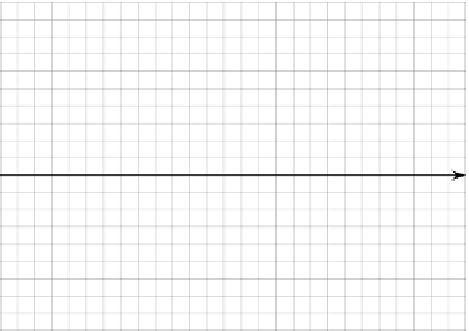Graphics Reference
In-Depth Information
Fig. 4.1
Transforming points
on four unit squares
Fig. 4.2
How a transform
reacts to different points
Similarly, any point
(
−
k,k)
is transformed to another point
(
−
3
k,
3
k)
, and its mirror
point
(k,
−
k)
is transformed to
(
3
k,
−
3
k)
. Thus the transform shows a particular
T
T
, where
k
bias towards points lying on vectors
0.
These vectors are called
eigenvectors
and the scaling factor is its
eigenvalue
.
Figure
4.2
shows a scenario where a transform
t
moves point
R
to
S
, whilst the
same transform moves
P
- which lies on one of
t
's eigenvectors, to
Q
- which also
lies on the same eigenvector.
We can define an eigenvector and its eigenvalue as follows. Given a square ma-
trix
A
, a non-zero vector
v
is an eigenvector, and
λ
is the corresponding eigenvalue
if
[
kk
]
and
[−
kk
]
=
Av
=
λ
v
where
λ
is a scalar.
The German word
eigen
means
characteristic
,
own
,
latent
or
special
, and eigen-
vector means a special vector associated with a transform. The equation that deter-
mines the existence of any eigenvectors is called the
characteristic equation
of a
square matrix, and is given by
det
(
A
−
λ
I
)
=
0
.
(4.18)























































































